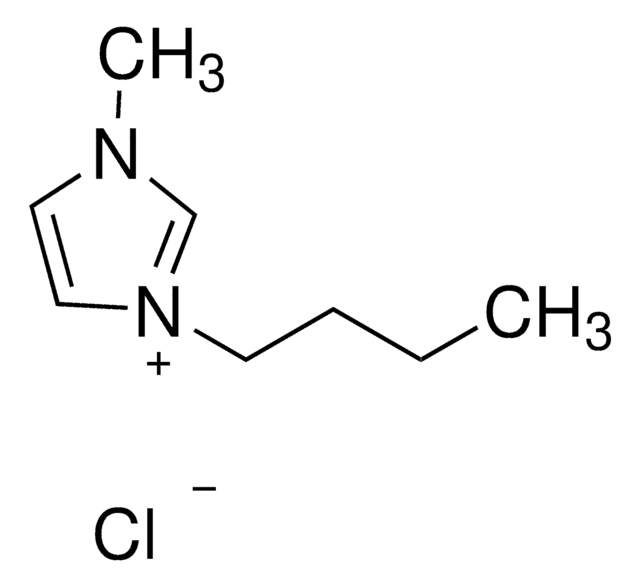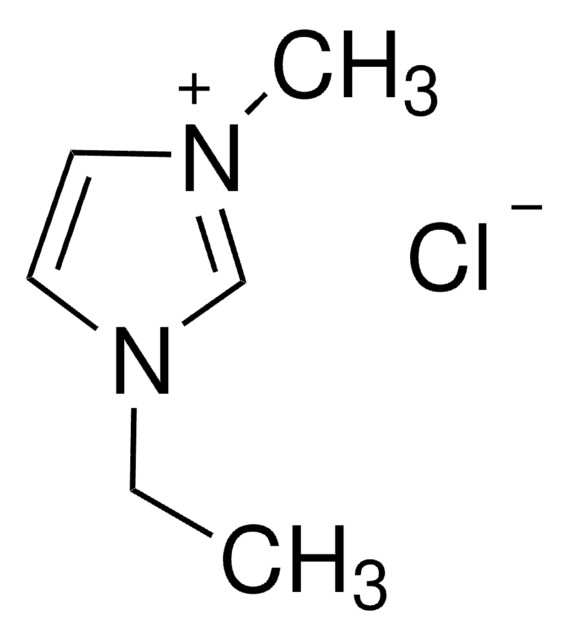51730
Heptane
analytical standard
About This Item
Produits recommandés
Qualité
analytical standard
Niveau de qualité
Densité de vapeur
3.5 (vs air)
Pression de vapeur
40 mmHg ( 20 °C)
83 mmHg ( 37.7 °C)
Essai
≥99.8% (GC)
Température d'inflammation spontanée
433 °F
Durée de conservation
limited shelf life, expiry date on the label
Limite d'explosivité
7 %
Technique(s)
HPLC: suitable
gas chromatography (GC): suitable
Indice de réfraction
n20/D 1.387 (lit.)
n20/D 1.388
pb
98 °C (lit.)
Pf
−91 °C (lit.)
Solubilité
water: insoluble
Densité
0.684 g/mL at 25 °C (lit.)
Application(s)
petroleum
Format
neat
Chaîne SMILES
CCCCCCC
InChI
1S/C7H16/c1-3-5-7-6-4-2/h3-7H2,1-2H3
Clé InChI
IMNFDUFMRHMDMM-UHFFFAOYSA-N
Vous recherchez des produits similaires ? Visite Guide de comparaison des produits
Application
Produits recommandés
Mention d'avertissement
Danger
Mentions de danger
Conseils de prudence
Classification des risques
Aquatic Acute 1 - Aquatic Chronic 1 - Asp. Tox. 1 - Flam. Liq. 2 - Skin Irrit. 2 - STOT SE 3
Organes cibles
Central nervous system
Code de la classe de stockage
3 - Flammable liquids
Classe de danger pour l'eau (WGK)
WGK 2
Point d'éclair (°F)
24.8 °F - closed cup
Point d'éclair (°C)
-4 °C - closed cup
Équipement de protection individuelle
Eyeshields, Faceshields, Gloves, type ABEK (EN14387) respirator filter
Faites votre choix parmi les versions les plus récentes :
Déjà en possession de ce produit ?
Retrouvez la documentation relative aux produits que vous avez récemment achetés dans la Bibliothèque de documents.
Les clients ont également consulté
Articles
The Utility of Headspace Grade Solvents for the Analysis of Organic Volatile Impurities
Protocoles
Separation of Hexane; Heptane; Octane; Nonane; Decane; Undecane; Dodecane; Tetradecane; Hexadecane; Octadecane; Eicosane; Tetracosane; Octacosane; Dotriacontane; Hexatriacontane; Tetracontane; Tetratetracontane
-Xylene; Nonane; Propylbenzene; Mesitylene; 1,2,4-Trimethylbenzene; 1,2,3-Trimethylbenzene; 1,3-Diethylbenzene; 1,4-Dimethyl-2-ethylbenzene; 1,2-Dimethyl-4-ethylbenzene; Durene; 1,2,3,5-Tetramethylbenzene; 1,2,3,5-Tetramethylbenzene; 2-Methylnaphthalene (β)
GC Analysis of Class 3 Residual Solvents on SUPELCOWAX® 10
Contenu apparenté
Butyl methyl ether; Acetic acid; 2-Butanone; Ethyl acetate; Tetrahydrofuran; 1-Butanol; Isopropyl acetate; Heptane; Propyl acetate; 3-Methylbutanol; 4-Methyl-2-pentanone; Isobutyl acetate; Butyl acetate; Dimethyl sulfoxide; Anisole; Cumene
Notre équipe de scientifiques dispose d'une expérience dans tous les secteurs de la recherche, notamment en sciences de la vie, science des matériaux, synthèse chimique, chromatographie, analyse et dans de nombreux autres domaines..
Contacter notre Service technique











